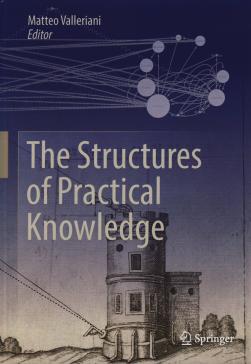The Structures of Practical Knowledge investigates the nature of practical knowledge – why, how, when and by whom it is codified, and once codified, how this knowledge is structured. The inquiry unfolds in a series of fifteen case studies, which range in focus from early modern Italy to eighteenth century China. At the heart of each study is a shared definition of practical knowledge, that is, knowledge needed to obtain a certain outcome, whether that be an artistic or mechanical artifact, a healing practice, or a mathematical result. While the content of practical knowledge is widely variable, this study shows that all practical knowledge is formally equivalent in following a defined workflow, as reflected in a construction procedure, a recipe, or an algorithm.
As explored in the volume’s fifteen contributions, there are three levels at which structures of practical knowledge may be understood and examined. At the most immediate level, there are the individual workflows that encompasses practical knowledge itself. Probing further, it is possible to examine the structure of practical knowledge as it is externalized and codified in texts, drawings, and artifacts such as models. Finally, practical knowledge is also related to social structures, which fundamentally determine its dissemination and evolution into new knowledge structures. The social structures of professionals and institutions represent the critical means by which practical knowledge takes form. These actors are the agents of codification, and by means of selection, appropriation, investment, and knowledge development, they determine the formation of new structures of practical knowledge. On a more abstract level, the creation of new knowledge structures is understood as constituting the basis for the further development of scientific knowledge.Rich in subject matter and incisive in the theory it lays out, this volume represents an important contribution to the history of science and epistemology. Individually, the fifteen case studies – encompassing the history of architecture, mining, brewing, glass production, printing, ballistics, mechanics, cartography, cosmology and astronomy – are replete with original research, and offer new insights into the history of science. Taken together, the contributions remodel historical epistemology as a whole, elucidating the underlining knowledge structures that transcend disciplinary boundaries, and that unite practitioners across time and space.

